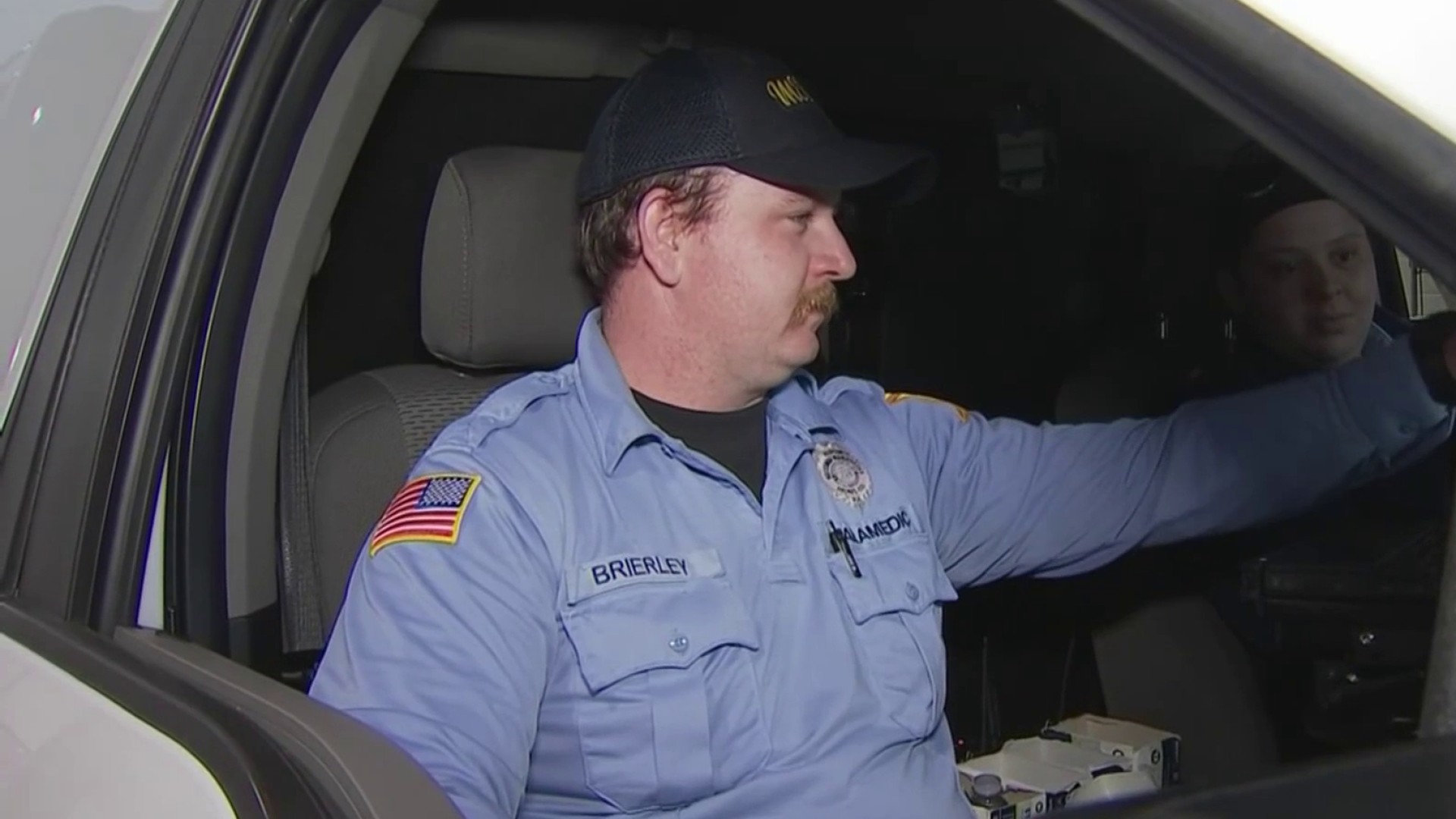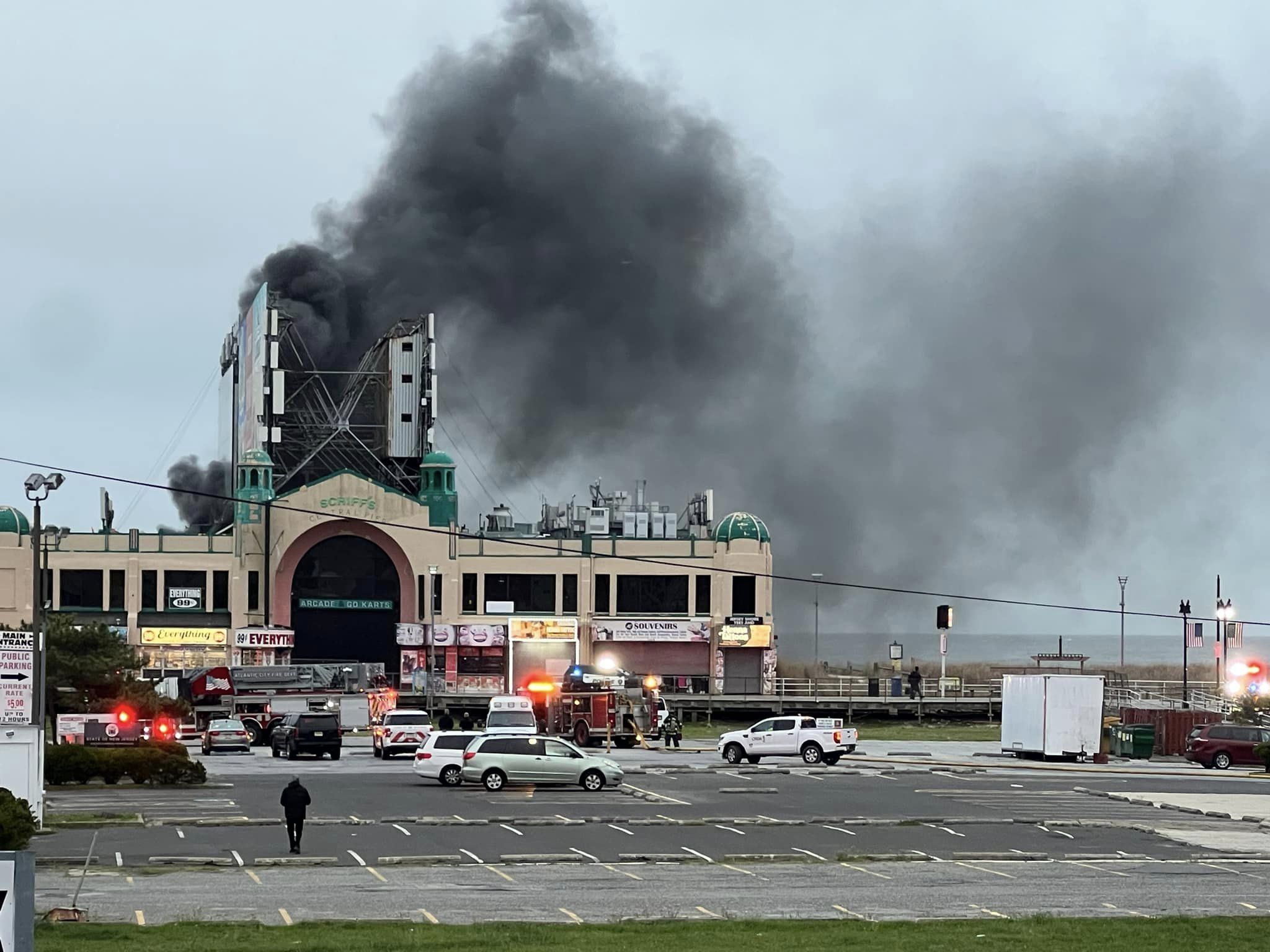As runners' hearts are pounding during the Blue Cross Broad Street Run, May 5, runners will be focused on the crossing the finish line. But it will also be a great time for joggers and spectators to reflect on the history of Philadelphia, beginning with three of Broad Street's most storied landmarks.
North Philadelphia’s Metropolitan Opera House opened its doors as the Philadelphia Opera House in November 1908, more than 110 years ago. Located in the heart of North Broad Street, the lavish concert hall was commissioned by theater producer and composer Oscar Hammerstein I. Hammerstein’s grandson, Oscar Hammerstein II, would later cement their family’s show business legacy as an Oscar Award-winning lyricist and producer.
In 1910, Hammerstein I’s son sold the concert hall to the New York Metropolitan Opera, which renamed it. The Metropolitan Opera House, or “the Met” as it is commonly known, welcomed Philadelphia’s Academy of Music and world-renowned opera performers over the following decade.
Get Philly local news, weather forecasts, sports and entertainment stories to your inbox. Sign up for NBC Philadelphia newsletters.
By 1920, the Met was also being used to screen silent films for North Philadelphia moviegoers. After several changes in ownership, the Met then became the site of radio broadcasts, sporting events and ballroom dances. In 1954, a local church purchased the space, using it for worship services until its membership declined in the early 1990s.
In December 2018, after undergoing $56 million in renovations, the Met Philadelphia reopened as a 3,500-seat concert venue. Since its reopening, musicians including Bob Dylan, John Legend and Mariah Carey have performed in the refurbished concert venue.
Local
Breaking news and the stories that matter to your neighborhood.
Arguably the most recognizable building in Philadelphia, City Hall serves as the central location for the city’s local government. Construction on the building began in 1871 and took 30 years to complete.
A famous, 37-foot statue of city founder William Penn has stood atop the building since 1894. At 548 feet, City Hall was the tallest building in Center City Philadelphia until the late 1980s when One Liberty Place earned that distinction by being two feet taller.
This notoriously began the “Curse of Billy Penn,” a superstition which blamed the failure of Philly’s major sports teams to win championships on One Liberty Place’s surpassing of Penn's statue. This “curse” was later broken after a tiny Billy Penn was placed atop the Comcast Center and the Phillies went on to win the 2008 World Series; in 2018, the Eagles won the Super Bowl.
Not to worry, sports fans: another tiny Billy was put on top of the new tallest building in Philadelphia, the Comcast Technology Center, during its construction.
[[508998722, C]]
Many know Philadelphia as the original capital of the United States, but fewer people know the city was also the birth place of the United States Navy. The Continental Congress established the Navy in October 1775; in 1776, it leased land in the city to build ships for the military branch.
Shortly after George Washington signed the Naval Act, which authorized the Navy’s original six frigates, this shipyard became an official part of the Navy.
The ship yard remained active for more than 100 years, according to the Navy Yard's website. During World War II, more than 1,200 ships were built or repaired, with 40,000 people were employed at the site. The shipyard closed in September 1996 despite efforts from local politicians to keep it in operation.
Today, the Philadelphia Navy Yard is business campus that is home to 150 companies with more than 13,500 employees.



